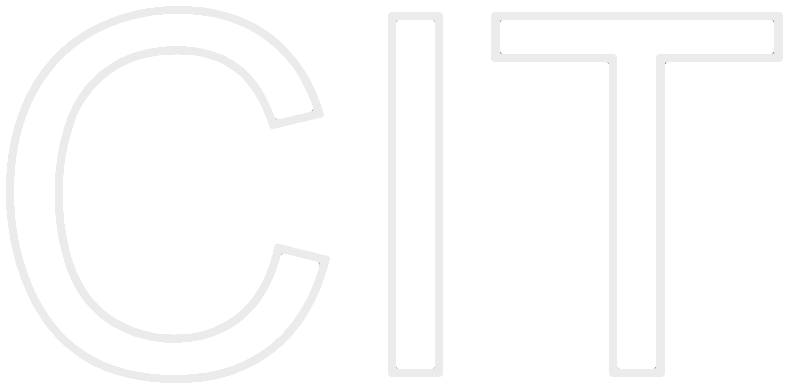Chapter 12: Rationale Management
 |
|
Abstract
Rationale is the justification of decisions. The models we have described until now represent the system. Rationale models represent the reasoning that leads to the system, including its functionality and its implementation. Rationale is critical in two areas: it supports the decision making, and it supports the capture of knowledge. Rationale includes
- the issues that were addressed
- the alternatives that were considered
- the decisions that were made to resolve the issues
- the criteria that were used to guide decisions
- the debate developers went through to reach a decision.
In the context of decision making, the rationale improves the quality of decisions by making decision elementssuch as criteria, priorities, and argumentsexplicit. In the context of knowledge capture, the rationale is the most important information in the development process when changing the system. For example, when functionality is added to the system, the rationale enables developers to track which decisions should be revisited and which alternatives have already been evaluated. When new staff is assigned to the project, new developers can become familiar with past decisions by accessing the rationale of the system.
Unfortunately, rationale is also the most complex information that developers generate, and thus, is the most difficult to maintain and update. Moreover, capturing rationale represents an up-front investment with long-term returns. In this chapter, we describe issue-modeling, a representation for modeling rationale. We then describe the activities of creating, maintaining, and accessing rationale models. We conclude this chapter by describing management issues related to rationale management, such as decision support and negotiation.

